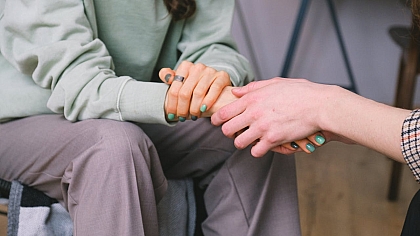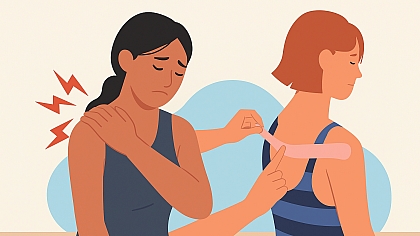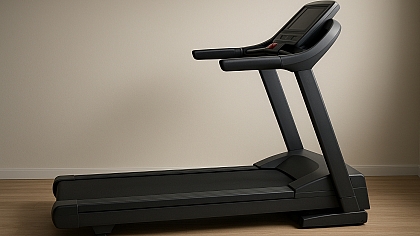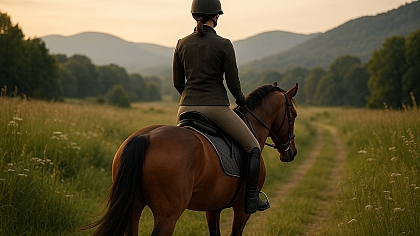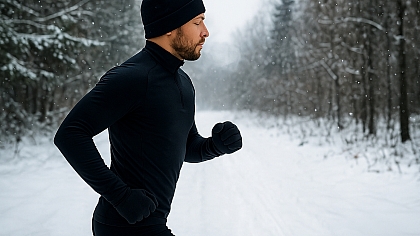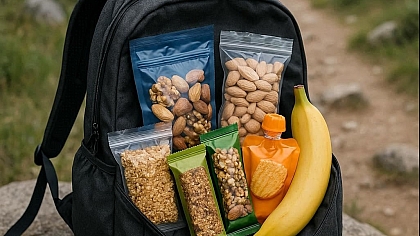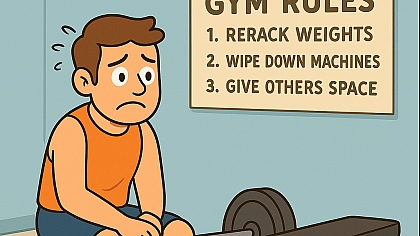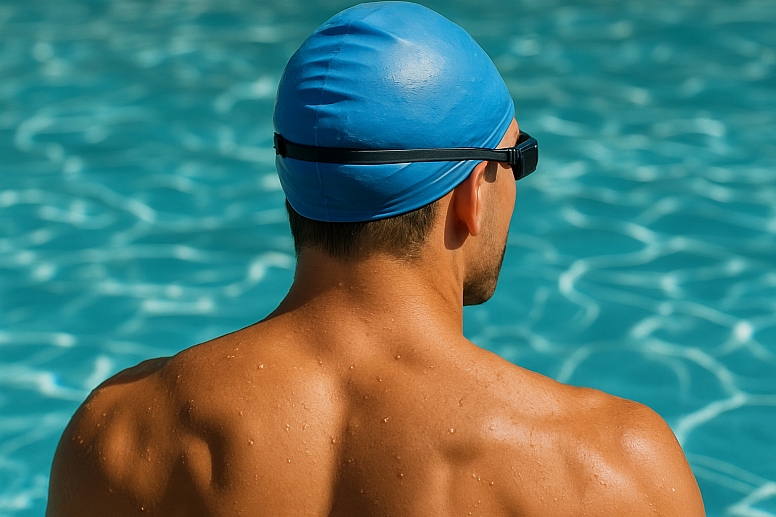
Swimming Tips for Beginners to Athletes – Improve Your Technique
Swimming is fun, healthy, and a skill everyone should learn. Whether you’re just starting or training for competition, good technique makes a difference. Here’s what you need to know:
Quick Swimming Facts
- Floating happens because your body is less dense than water.
- Four main strokes: freestyle, backstroke, breaststroke, and butterfly.
- Artistic swimming mixes dance and gymnastics in water.
- Strong swimmers use their whole body, not just their arms.
Why Do We Float?
Your body floats because of buoyancy—water pushes up against you. Some people float easier than others. If you sink, don’t worry. A few tricks help:
- Take a deep breath – More air in your lungs keeps you up.
- Relax your body – Tensing up makes you sink.
- Spread your arms and legs – More surface area helps you stay afloat.
Basic Swimming Strokes
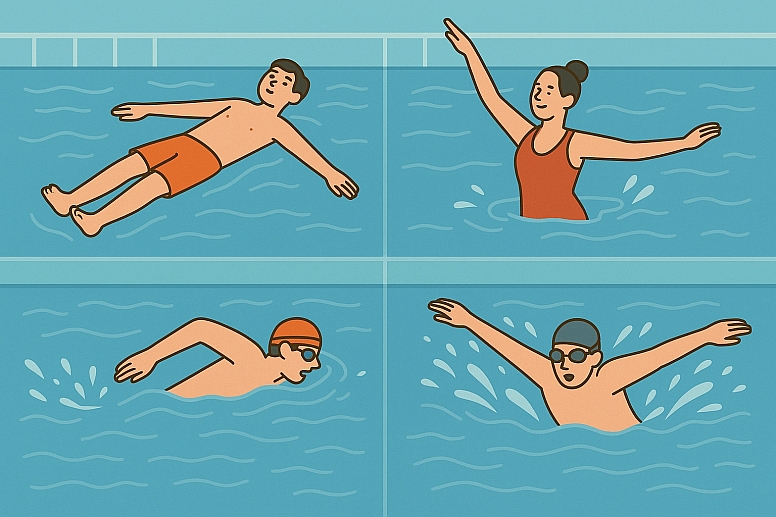
1. Freestyle (Front Crawl)
The fastest and most common stroke.
- Arm movement: Alternate arms pulling through the water.
- Legs: Flutter kick (small, fast kicks).
- Breathing: Turn your head sideways to breathe every few strokes.
Tip: Keep your body straight—don’t let your hips drop.
2. Backstroke
Like freestyle, but on your back.
- Arm movement: Alternate arms in a windmill motion.
- Legs: Flutter kick.
- Breathing: Easier since your face stays out of the water.
Tip: Keep your head still and look straight up.
3. Breaststroke
Slow but great for endurance.
- Arm movement: Pull in a heart shape, then push forward.
- Legs: Frog kick (legs bend then snap together).
- Breathing: Lift your head as your arms pull.
Tip: Don’t lift your head too high—it strains your neck.
4. Butterfly
The hardest stroke—uses a lot of energy.
- Arm movement: Both arms move together in a circular motion.
- Legs: Dolphin kick (both legs move as one).
- Breathing: Lift your head as your arms push back.
Tip: Start with dolphin kicks before adding arms.
Artistic Swimming: Dancing in Water
Artistic swimming (formerly synchronized swimming) combines swimming, dance, and gymnastics. Swimmers perform routines in teams or solo, matching movements to music.
Key skills for artistic swimming:
- Strong breath control (holding breath underwater).
- Flexibility for leg lifts and spins.
- Perfect timing with teammates.
Fun fact: Olympic artistic swimmers train 6-8 hours daily!
Did you know? The name was changed from "synchronized swimming" to "artistic swimming" in 2017 by FINA (now World Aquatics), the international governing body for swimming. Here’s why:
1. Better Describes the Sport
- "Synchronized" only focused on swimmers moving together.
- "Artistic" highlights the creativity, dance, gymnastics, and performance aspects of the sport.
2. Modernizing the Image
- The old name made it seem like just matching movements.
- The new name reflects the athleticism, strength, and artistry involved.
3. Easier for New Fans to Understand
- "Artistic swimming" makes it clearer that it’s a mix of sport and art.
- Helps attract more interest and respect for the discipline.
Fun Fact:
Some swimmers still call it "synchro" out of habit, but officially, it’s artistic swimming now!
Would you ever try it? It’s as tough as it is beautiful!
How to Become a Stronger Swimmer
1. Practice Breathing Right
Holding your breath too long makes swimming harder. Try this:
- Breathe out slowly underwater.
- Turn your head to inhale quickly (freestyle/backstroke).
2. Use Your Whole Body
Good swimmers don’t just rely on arms. Engage your core and legs for power.
3. Swim Regularly
Even 20 minutes, 3 times a week, improves stamina and technique.
4. Watch and Learn
Record yourself or watch professional swimmers to spot mistakes.
5. Get Comfortable in Deep Water
If you panic in deep water, practice floating first.
Try This Next Time You Swim
Pick one thing to improve—like breathing or kicking—and focus on it for a few laps. Small changes make a big difference.
Frequently Asked Questions
Why do I sink when I try to float?
Your body density and muscle mass significantly impact your ability to float. Take a deep breath and relax—most people float better when calm.
Which stroke burns the most calories?
Butterfly and freestyle burn the most energy.
Can I learn to swim as an adult?
Yes! Many adults learn later in life—just take it step by step.
How do I stop water from going up my nose?
Exhale gently through your nose underwater or use a nose clip.
Is swimming good for injuries?
Yes! It’s low-impact and great for recovery.
Now grab your goggles and jump in—water’s fine!

